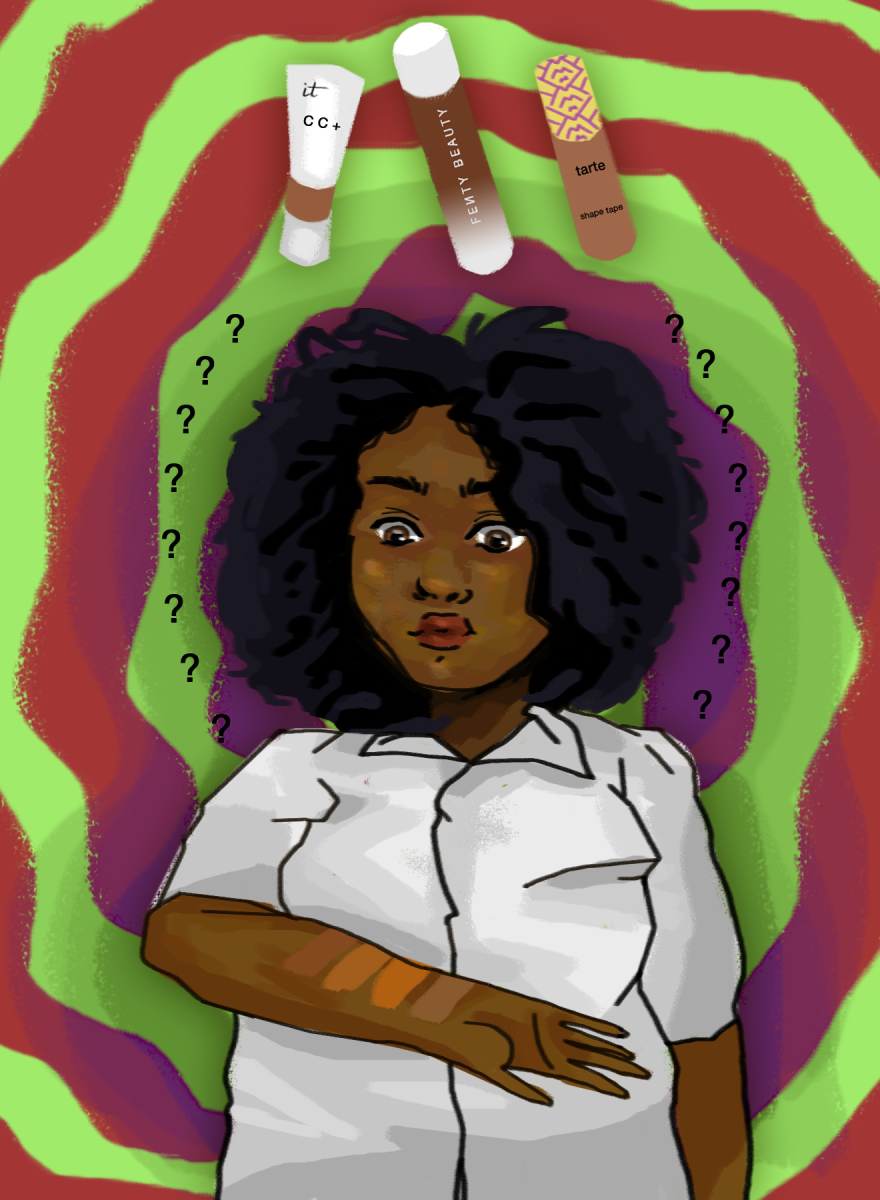The beauty industry has been lacking in diversity for some time now, and this becomes glaringly obvious with each new industry “first.”
According to ELLE Magazine’s New York Fashion Week 2017 Diversity Report, this fall was the first time that every show at New York Fashion Week featured at least one model of color. The event has been held semiannually since 1943.
This historic lack of diversity on the runway routinely translates to store shelves, where I can never find a foundation for my skin tone and end up paying triple the price so I can mix different shades and hopefully get mine. Men and women everywhere use makeup in their daily lives, but don’t always consider whether the brands they use are accessible to people of color, and that’s where the problem lies.
This year isn’t the first time that the media has acknowledged the lack of diversity in beauty. The question has been posed to makeup companies for years, and each time they used the same excuse: black women don’t buy makeup. According to a 2016 Refinery29 article, makeup for darker skin tones costs more to manufacture because it needs more pigment. Makeup brands claimed that because not enough black women buy makeup, they couldn’t justify the production costs. According to a 2013 Nielsen report, black women spend nine times more than their ethnic counterparts on hair and beauty products. This shows that the market is there, but you can’t buy a product that doesn’t exist.
The limited shade ranges provided by brands such as It Cosmetics and Tarte have led celebrities and models featured in beauty campaigns to look white or light skinned, which is an inaccurate representation of minority communities. This has caused colorism in black communities, where light skin is preferable to dark skin, causing young minorities to feel as though they’re too dark to be acknowledged. It’s because of this colorism that my seven-year-old sister wishes she was light.
The controversy surrounding diversity in beauty reached a fever pitch when Marc Jacobs released his new line of Remarcable Foundation, which included only one shade for deep skin tones. After years of being ignored, women of color demanded to be heard and that’s where Fenty Beauty emerges.
Fenty Beauty by Rihanna launched in September, and the darkest shades sold out almost immediately. In fact, my shade is still unavailable. Rihanna’s line provided the diversity women of color needed and followed the trend of self-love in the black community after years of exclusion. Rather than being ignored, young black women are embracing their differences not just with makeup, but with clothing, as dashikis grow in popularity, and UTD’s own Kurlfriends, an organization that helps black students embrace their natural hair.
Thanks to Fenty Beauty, other brands have begun expanding their shade ranges. Things are looking up for women of color in the beauty industry, but we still have a long road to inclusion. Diversity can become less of an issue if we all become conscious of the diversity (or lack thereof) in the beauty products that we use every day. By taking action, we can eliminate an unnecessary social stigma.






